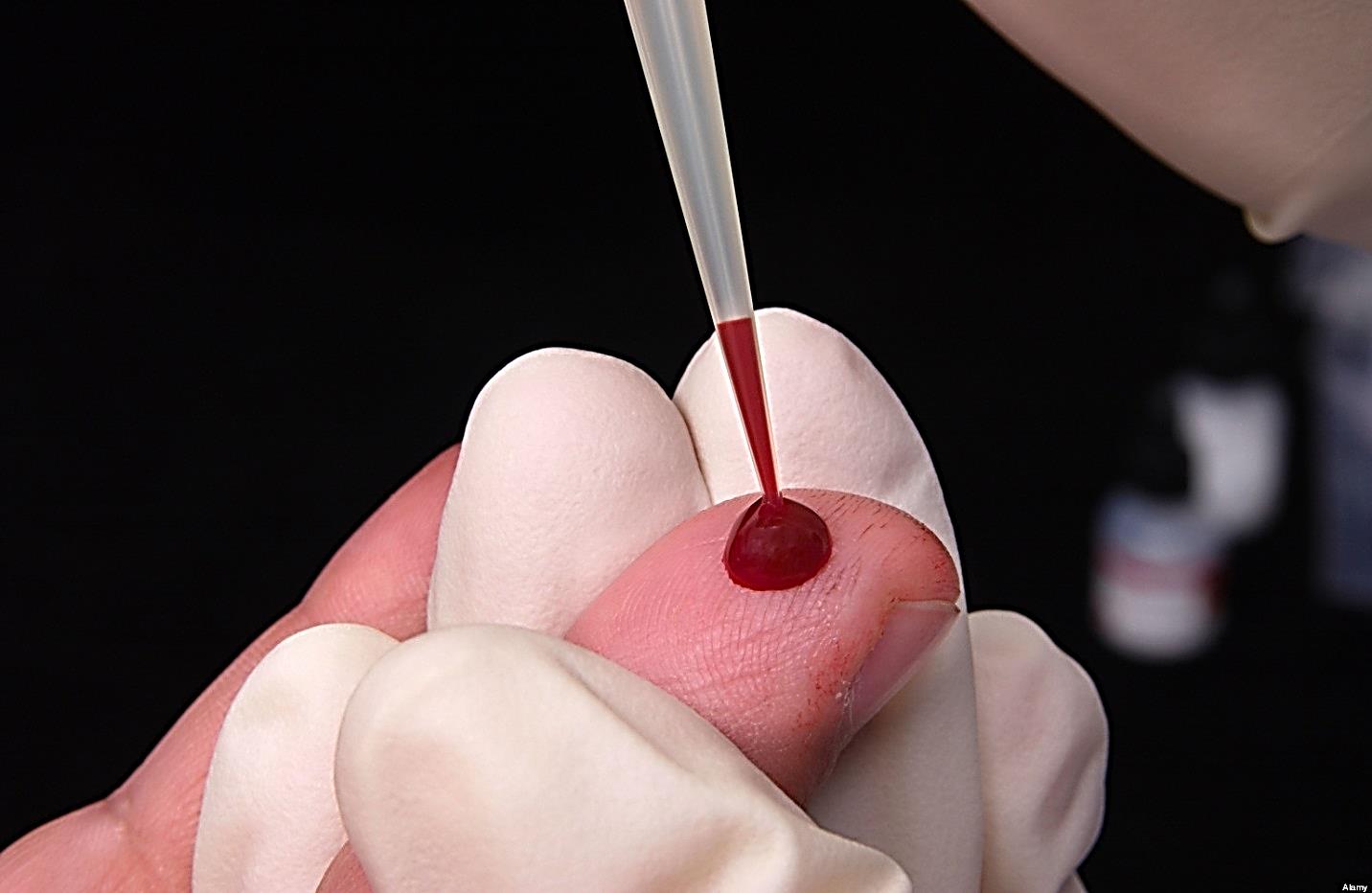Test Results of Fingerstick Blood Vary Significantly
By LabMedica International staff writers
Posted on 29 Nov 2015
Blood obtained via fingerstick is commonly used in point-of-care assays, but few studies have assessed variability in parameters obtained from successive drops of fingerstick blood, which may cause problems for clinical decision making and for assessing accuracy of point-of-care tests.Posted on 29 Nov 2015
The most accurate way to carry out medial laboratory tests is to draw blood from a vein and send it to a laboratory but sometimes, such as in low-resource settings, results are needed more rapidly, or the health professional is not trained to draw vein-blood, or there is no laboratory. In such settings, there is a higher reliance on fingerstick tests.

Image: Blood obtained via fingerstick is commonly used in point-of-care assays (Photo courtesy of The Health).
Bioengineers at Rice University (Houston, TX, USA) used a hematology analyzer to analyze the hemoglobin concentration, total white blood cell (WBC) count, three-part WBC differential, and platelet count in six successive 20 µL of blood collected from one fingerstick from each of 11 donors. The team used a hemoglobinometer to measure the hemoglobin concentration of 10 drops of fingerstick blood from each of seven donors to check whether the minimum droplet size made a difference and they checked all the results against blood taken from donors' veins. They also followed best practice to ensure accurate results. For example, they wiped away the first droplet to remove traces of disinfectant, and they did not squeeze or "milk" the finger.
The results showed that hemoglobin content, platelet count and white blood cell count varied significantly from drop to drop. The average percent coefficient of variation (CV) for successive drops of fingerstick blood was higher by up to 3.4 times for hemoglobin, 5.7 times for WBC count, three times for lymphocyte count, 7.7 times for granulocyte count, and four times for platelets than in venous controls measured using a hematology analyzer. The average percent CV for fingerstick blood was up to five times higher for hemoglobin than venous blood measured using a point-of-care hemoglobinometer. The investigators found that averaging the results of six to nine successive droplet tests produced results on a par with the venous blood tests.
Meaghan M. Bond, a doctoral student and first author of the study, said, “In some donors, the hemoglobin concentration changed by more than 2 g/dL in the span of two successive drops of blood. Our results show that people need to take care to administer fingerstick tests in a way that produces accurate results because accuracy in these tests is increasingly important for diagnosing conditions like anemia, infections and sickle-cell anemia, malaria, HIV and other diseases.” The study was published on November 18, 2015, in the American Journal of Clinical Pathology.
Related Links:
Rice University













